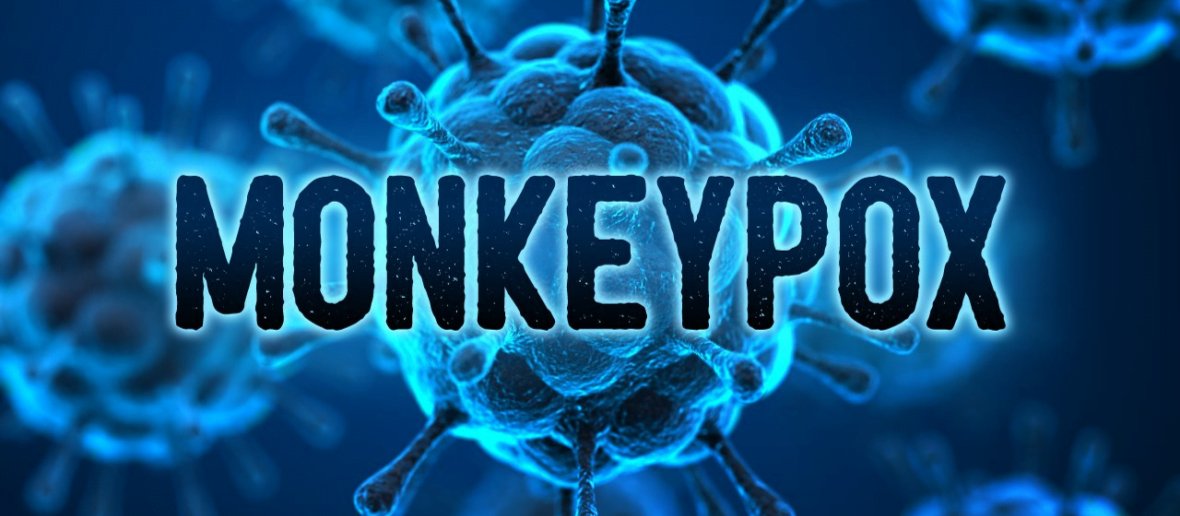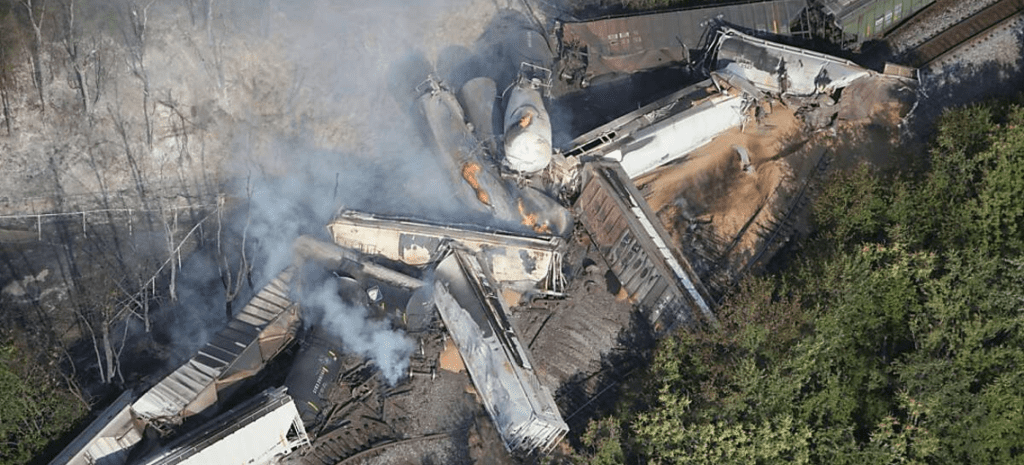Monkeypox – A New Global Health Threat

Monkeypox is a rare but serious viral disease that has recently been declared a global health emergency by the World Health Organization (WHO). The reason that WHO declared monkeypox a global health emergency is due to a rapid increase in the number of cases and its potential to spread across international borders. Monkeypox is a rare but serious viral disease that resembles smallpox, which was eradicated in 1980. The announcement by WHO underscores the urgency to control the outbreak and prevent further transmission. Here we aim to provide a comprehensive understanding of monkeypox, including how it is transmitted to humans, its common symptoms, its effects on the human body, methods for detection, and essential awareness for prevention.
1. Transmission to Humans
Monkeypox primarily transmits to humans through direct contact with infected animals, particularly rodents and primates. The virus is found in bodily fluids, lesions, and contaminated materials like bedding. Human-to-human transmission can also occur, albeit less commonly, through respiratory droplets or contact with the skin lesions of an infected person.
Key Points:
• Direct contact with infected animals (rodents, primates)
• Contact with bodily fluids, lesions, and contaminated materials
• Human-to-human transmission: respiratory droplets, skin lesions
2. Common Symptoms of Monkeypox
Symptoms of monkeypox typically manifest within 7 to 14 days after exposure to the virus. The disease presents in two stages: the invasion phase and the skin eruption phase. The invasion phase is characterized by fever, headache, muscle aches, and fatigue. The skin eruption phase involves the appearance of a rash that develops into pus-filled blisters or pustules.
Key Points:
• Incubation period: 7 to 14 days
• Invasion phase: fever, headache, muscle aches, fatigue
• Skin eruption phase: rash, pus-filled blisters (pustules)
3. Effects of Monkeypox on the Human Body
The monkeypox virus primarily targets the skin and lymph nodes. The skin lesions may become necrotic, leading to scarring and disfigurement. Severe cases can cause complications such as pneumonia, bronchitis, encephalitis, and secondary bacterial infections. The overall case fatality rate for monkeypox is estimated to be between 1% and 10%, with the highest risk in unvaccinated individuals and those with weakened immune systems.
Key Points:
• Targets skin and lymph nodes
• Skin lesions, scarring, disfigurement
• Possible complications: pneumonia, bronchitis, encephalitis, secondary infections
• Case fatality rate: 1% to 10%
4. Detection of Monkeypox
Laboratory tests are necessary to confirm a monkeypox diagnosis, as the symptoms can resemble other diseases such as chickenpox and smallpox. Samples from skin lesions, blood, or throat swabs can be tested using molecular techniques like polymerase chain reaction (PCR) or serological tests to detect the presence of the virus or its antibodies.
Key Points:
• Laboratory tests are required for confirmation
• Samples: skin lesions, blood, throat swabs
• Testing methods: PCR, serological tests
5. Prevention and Awareness
There is no specific treatment for monkeypox, so prevention is crucial. Key prevention strategies include:
• Avoiding contact with animals that may carry the virus, especially in endemic areas
• Practicing good hygiene and handwashing
• Using personal protective equipment when caring for infected individuals
• Educating people about the disease and its transmission
• Vaccination campaigns in high-risk areas (using smallpox vaccine)
Key Points:
• No specific treatment, prevention is key
• Avoid contact with potential animal carriers
• Good hygiene, handwashing, protective equipment
• Education, vaccination campaigns
Therefore, understanding monkeypox transmission, symptoms, effects on the human body, detection methods, and prevention strategies is essential in combating this global health threat. By raising awareness and implementing preventive measures, we can protect ourselves and our communities from the dangers posed.



